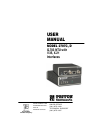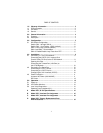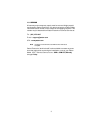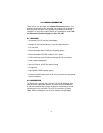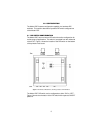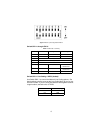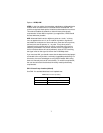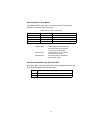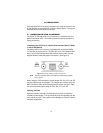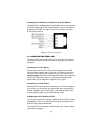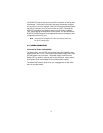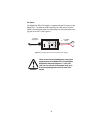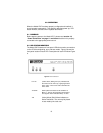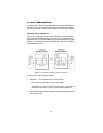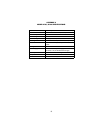
7
Options:
HDB3, AMI
HDB3:
In this line coding, the transmitter substitutes a deliberate bipolar
violation when excessive zeros in the data stream are detected. The
receiver recognizes these special violations and decodes them as zeros.
This method enables the network to meet minimum pulse density
requirements. Unless AMI is required in your application, HDB3 should
be used whenever possible.
AMI:
Alternate Mark Inversion defines a pulse as a “mark,” a binary
one, as opposed to a zero. In an E1 network connection, signals are
transmitted as a sequence of ones and zeros. Ones are sent as pulses,
and zeros are sent as spaces, i.e., no pulse. Every other pulse is
inverted from the previous pulse in polarity, so that the signal can be
effectively transmitted. This means, however, that a long sequence of
zeros in the data stream will cause problems, since the NTU receiving
the signal relies on the signal to recover the 2.048 Mbps clock.
If you must use AMI, you should ensure that the data terminal equipment
connected to the unit provides a minimally acceptable pulse density. For
this reason, there are advantages to using HDB3 instead. AMI coding
does not inherently account for ones density. To meet this requirement,
the user should ensure that the data inherently meets pulse density
requirements.
SW1-2 Local Loop: Inactive (default)
Use SW1-2 to activate/deactivate local loopback test.
Table 2:
SW1-2 Local Loop Setting
SW1-2 Setting
Off Local Loopback Inactive
On Local Loopback Active



